9.2 Using the Pivot Table
This exercise introduces you to some of the very basic features of the pivot table. Through familiarizing yourself with the basic features, you will become proficient enough in the interface to utilize even more advanced features.
-
Launch the DataAnalytics.exe application.
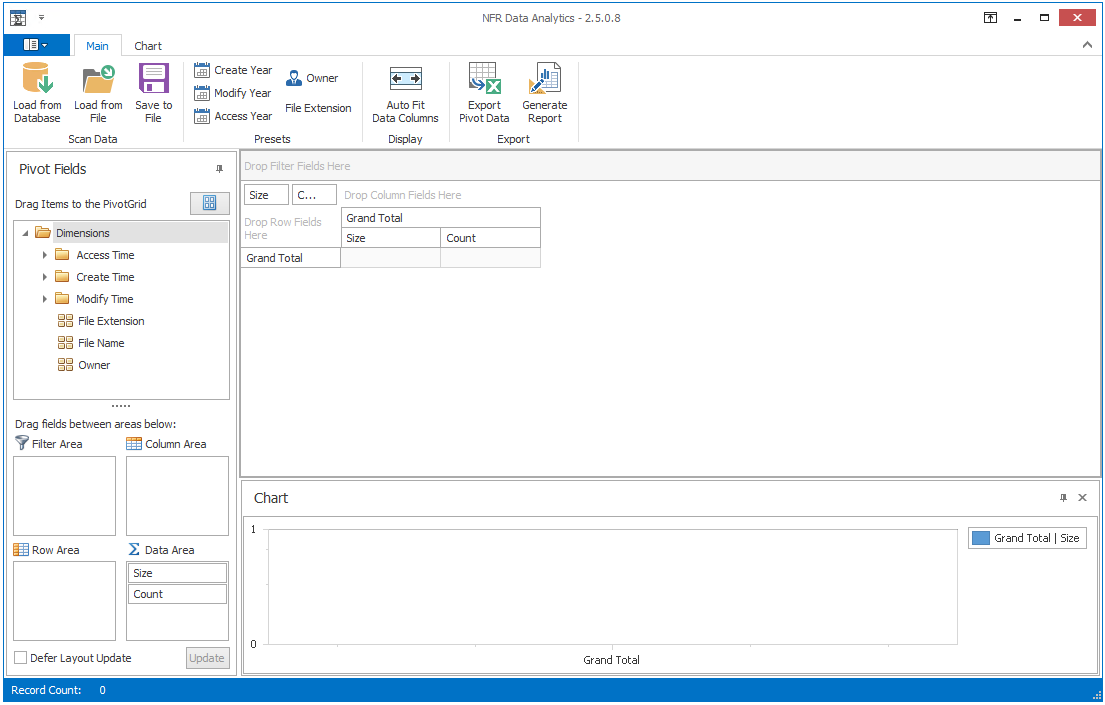
-
Click either Load from Database or Load from File.
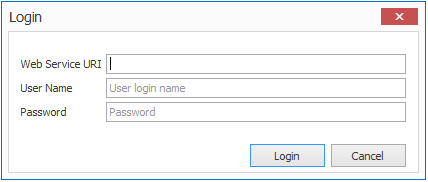
-
Complete the fields in the Login dialog box, then click Login.
The Web Service URI field should specify the URL used to access the Novell File Reporter web application.
All of the File System scans appear in a list.
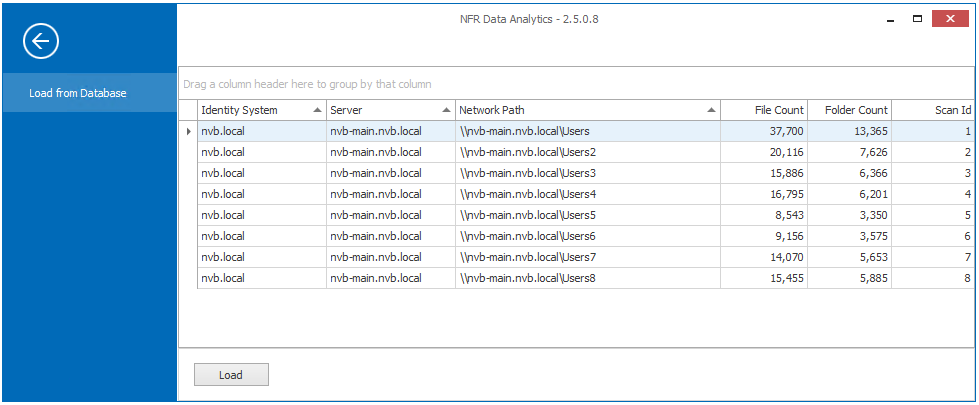
-
Double-click one of the listed scans.
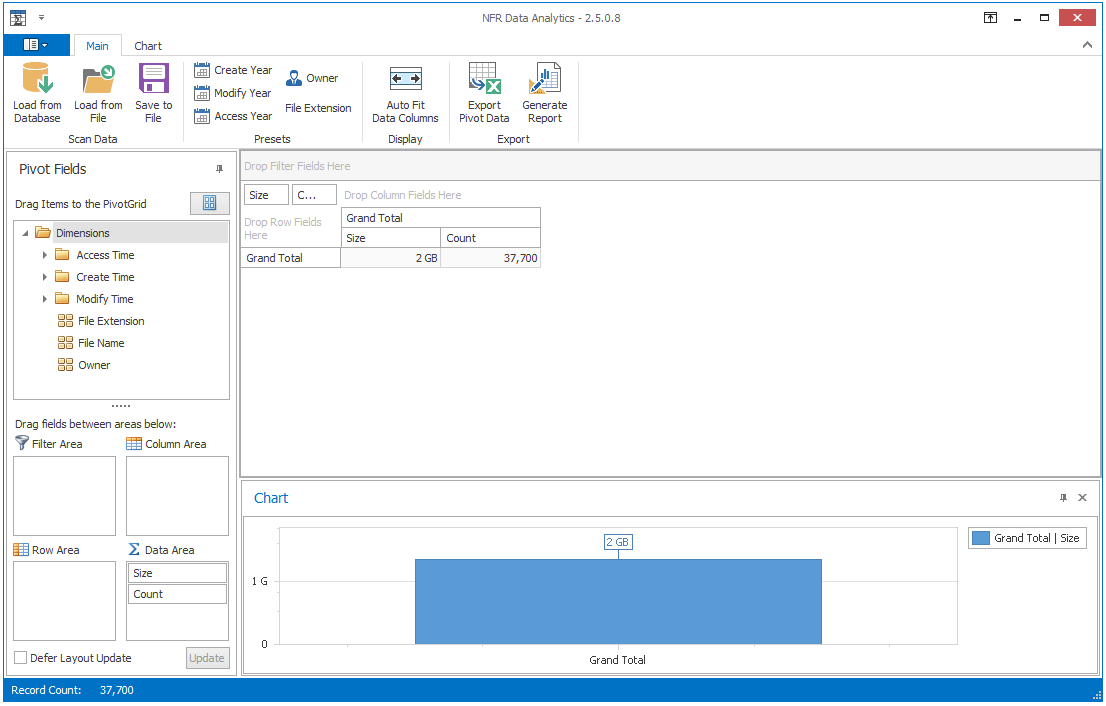
-
For this exercise, click Create Year from the toolbar.
Observe the creation of the pivot table.
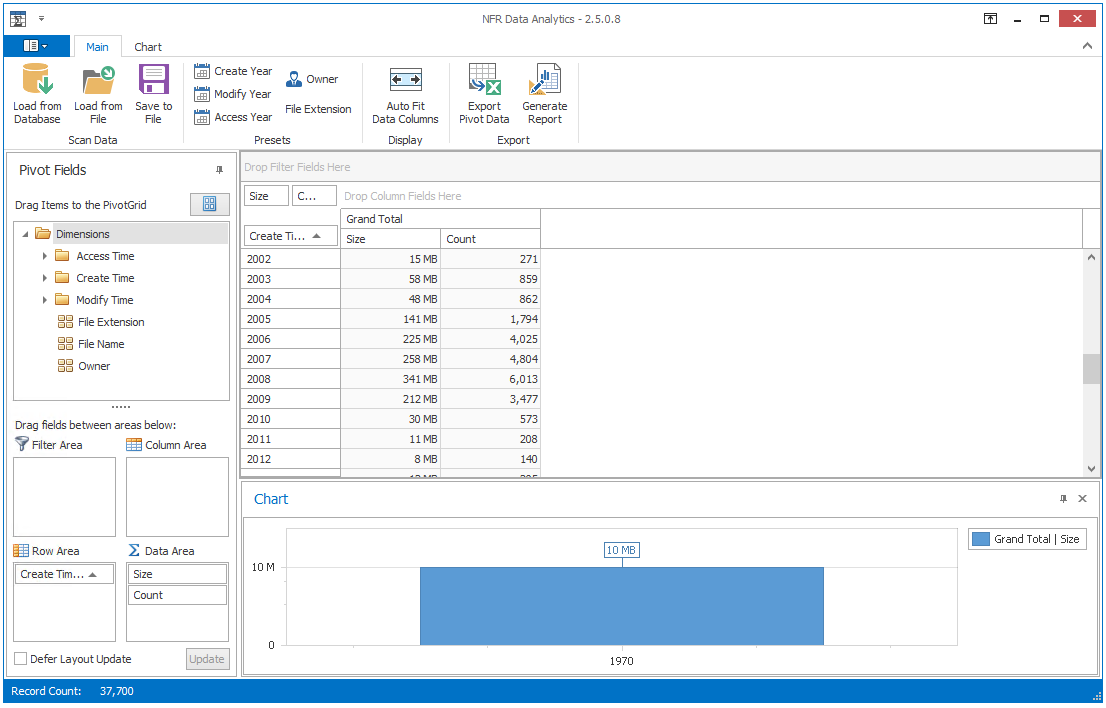
-
From the Pivot Fields region, drag File Extension to the right of the Count column.
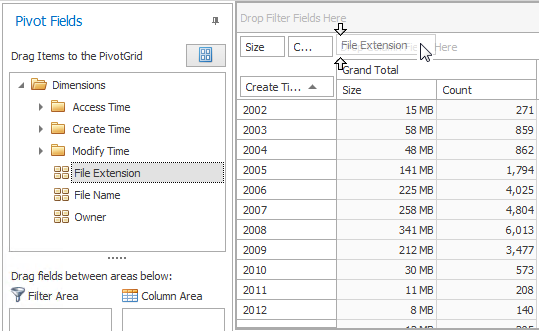
Observe the updated appearance of the pivot table.

-
In the pivot table, double-click one of the cells.

-
Expand the Count column to see the paths of all listed files.
-
Close the Scan Data Details report.
-
In the pivot table, from the File Extension tab that you added, click the associated filter icon; then from the drop-down menu, deselect Show All.
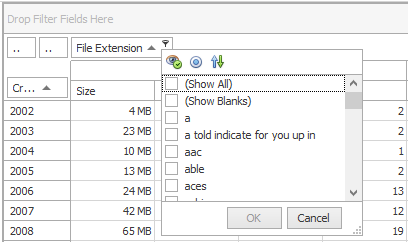
-
From the same drop-down menu, select two or three common media file types such as mp3, mov, and so forth; then click OK.
Observe the updated pivot table.
-
In the pivot table, highlight two rows and observe the change in the Chart region.
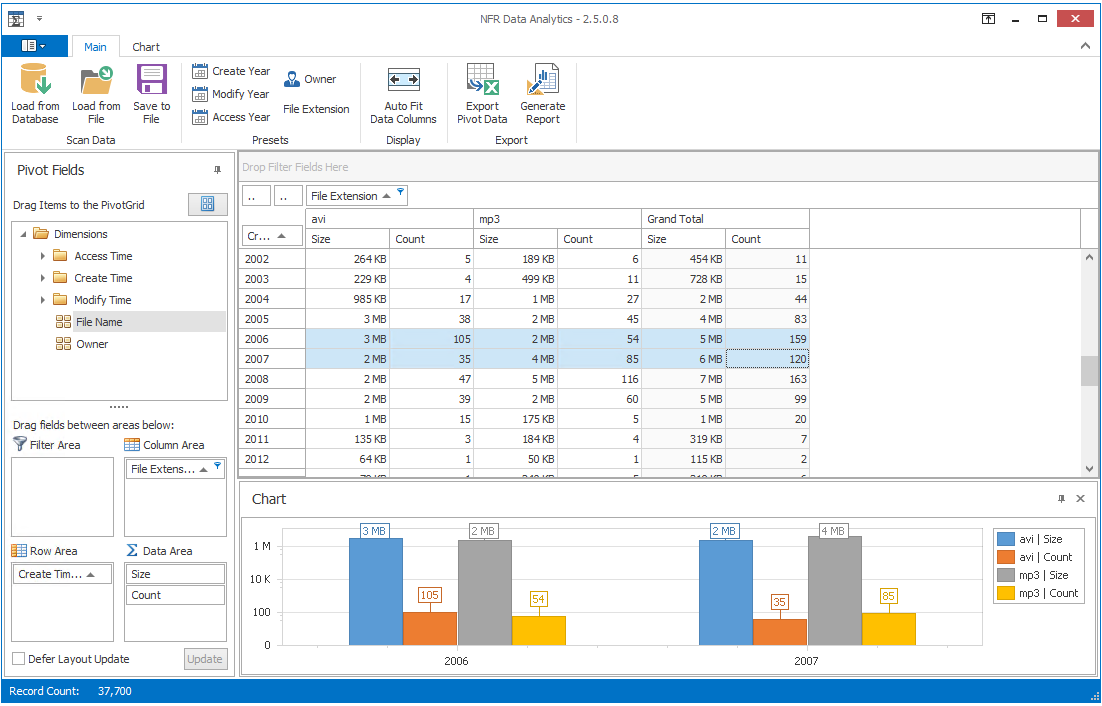
-
Click the Chart tab and the middle arrow to expand the chart options.
-
Click the Pie option.
-
Click the Main tab.
-
Click Generate Report, then view the report.
-
Close the report.
-
Click Save to File to save the data locally.
Save to File saves only the data. In other words, the data from the scan. After it is saved locally, you can load the data into a pivot table later.